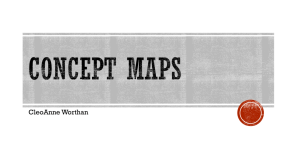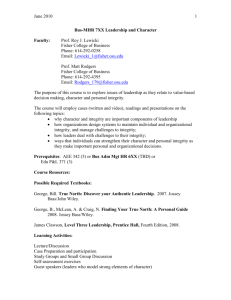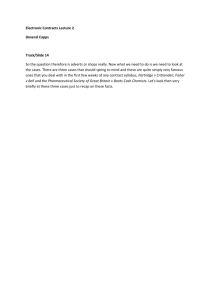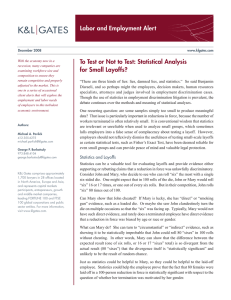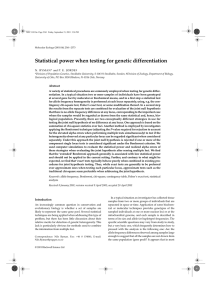Data Analysis Procedure: Fisher's Exact Test Research Design
advertisement
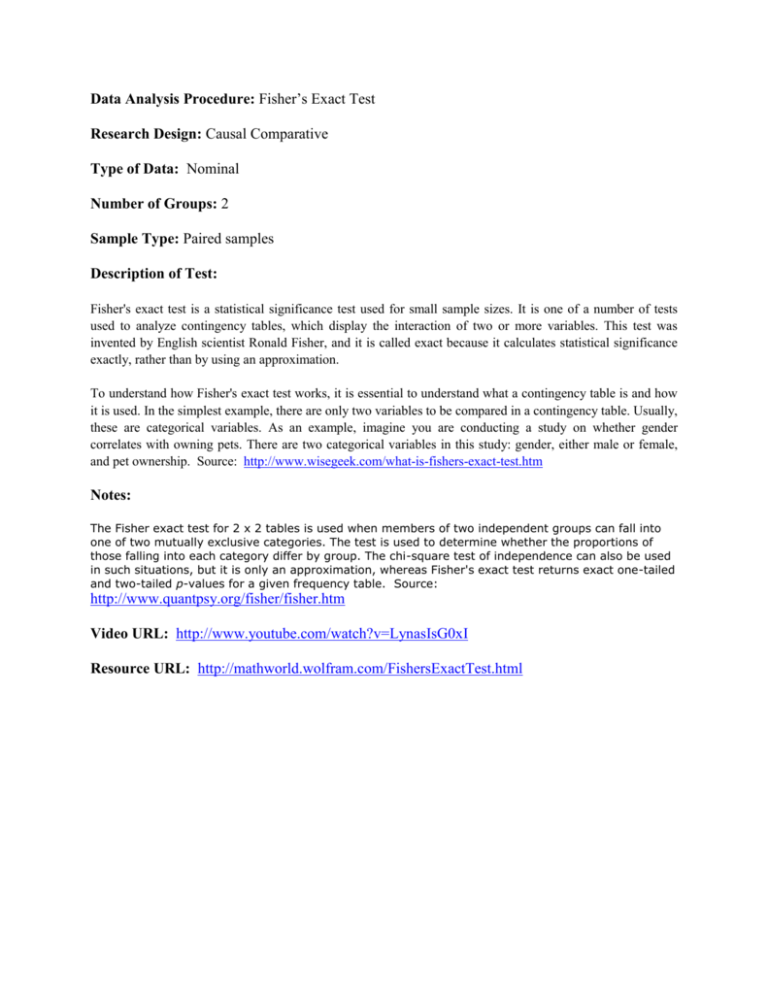
Data Analysis Procedure: Fisher’s Exact Test Research Design: Causal Comparative Type of Data: Nominal Number of Groups: 2 Sample Type: Paired samples Description of Test: Fisher's exact test is a statistical significance test used for small sample sizes. It is one of a number of tests used to analyze contingency tables, which display the interaction of two or more variables. This test was invented by English scientist Ronald Fisher, and it is called exact because it calculates statistical significance exactly, rather than by using an approximation. To understand how Fisher's exact test works, it is essential to understand what a contingency table is and how it is used. In the simplest example, there are only two variables to be compared in a contingency table. Usually, these are categorical variables. As an example, imagine you are conducting a study on whether gender correlates with owning pets. There are two categorical variables in this study: gender, either male or female, and pet ownership. Source: http://www.wisegeek.com/what-is-fishers-exact-test.htm Notes: The Fisher exact test for 2 x 2 tables is used when members of two independent groups can fall into one of two mutually exclusive categories. The test is used to determine whether the proportions of those falling into each category differ by group. The chi-square test of independence can also be used in such situations, but it is only an approximation, whereas Fisher's exact test returns exact one-tailed and two-tailed p-values for a given frequency table. Source: http://www.quantpsy.org/fisher/fisher.htm Video URL: http://www.youtube.com/watch?v=LynasIsG0xI Resource URL: http://mathworld.wolfram.com/FishersExactTest.html





